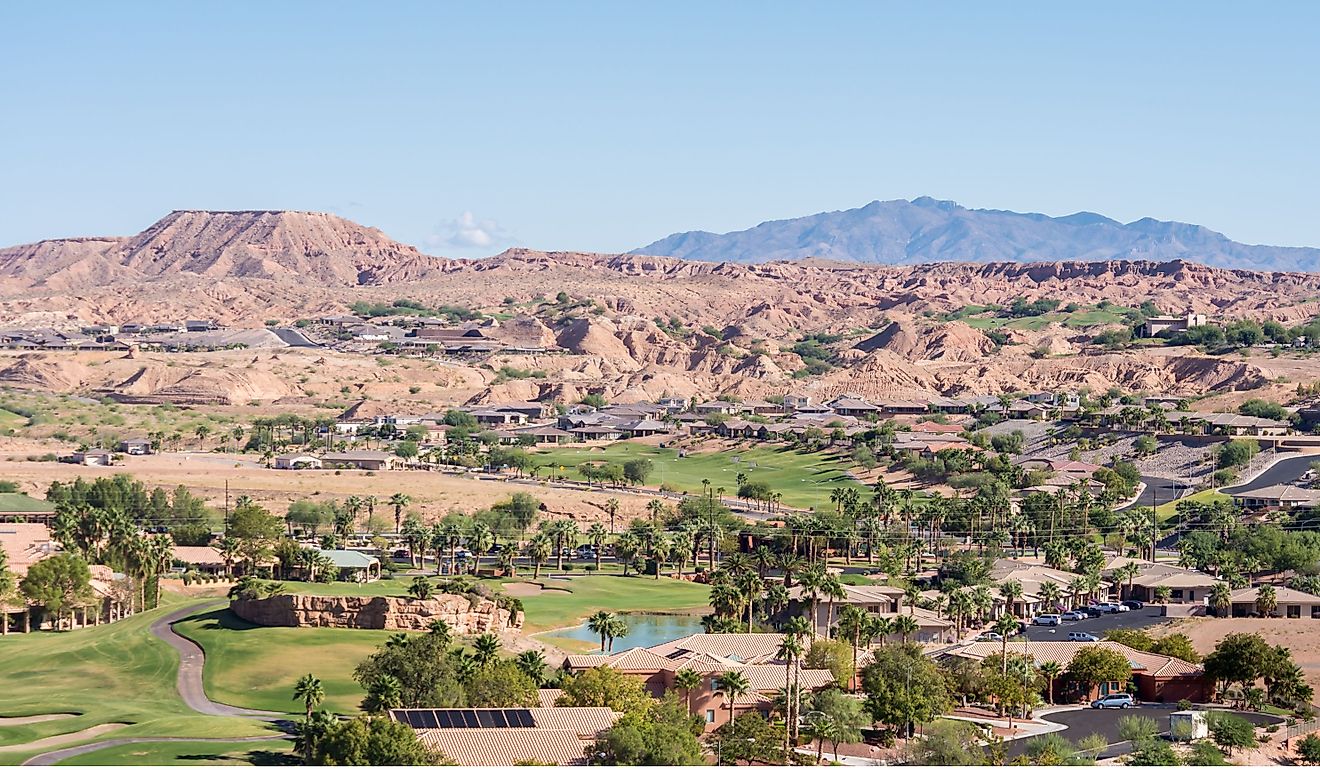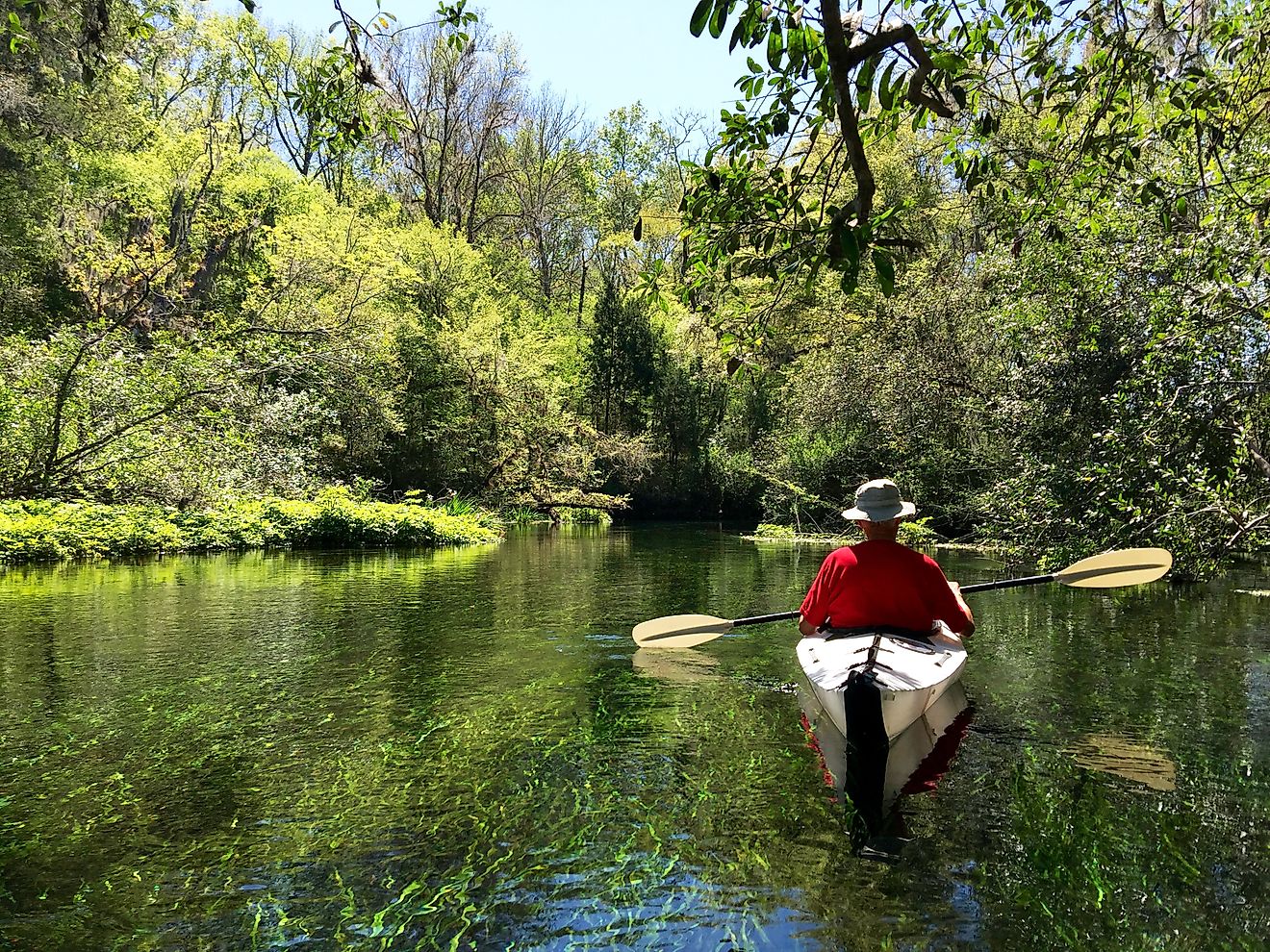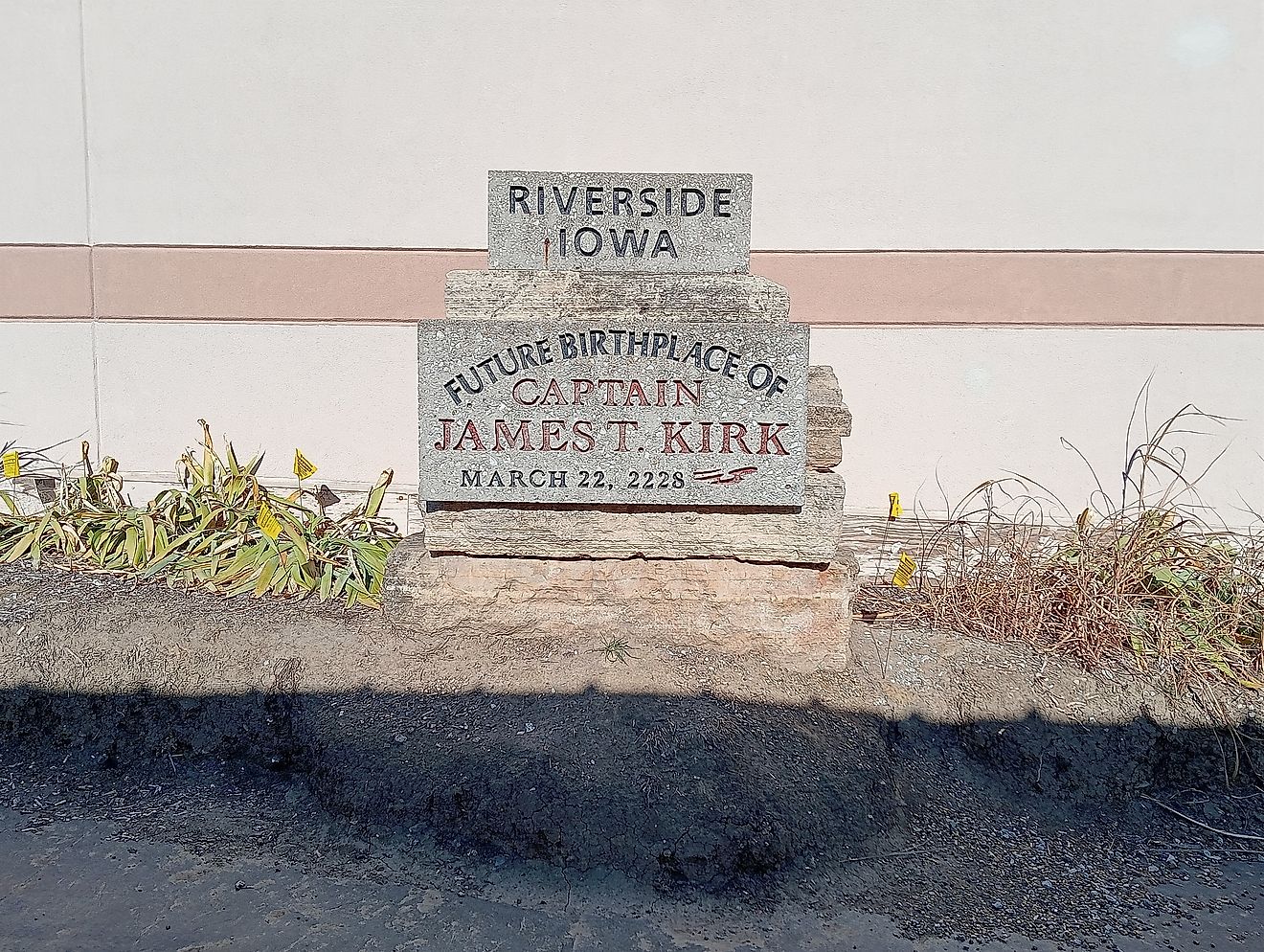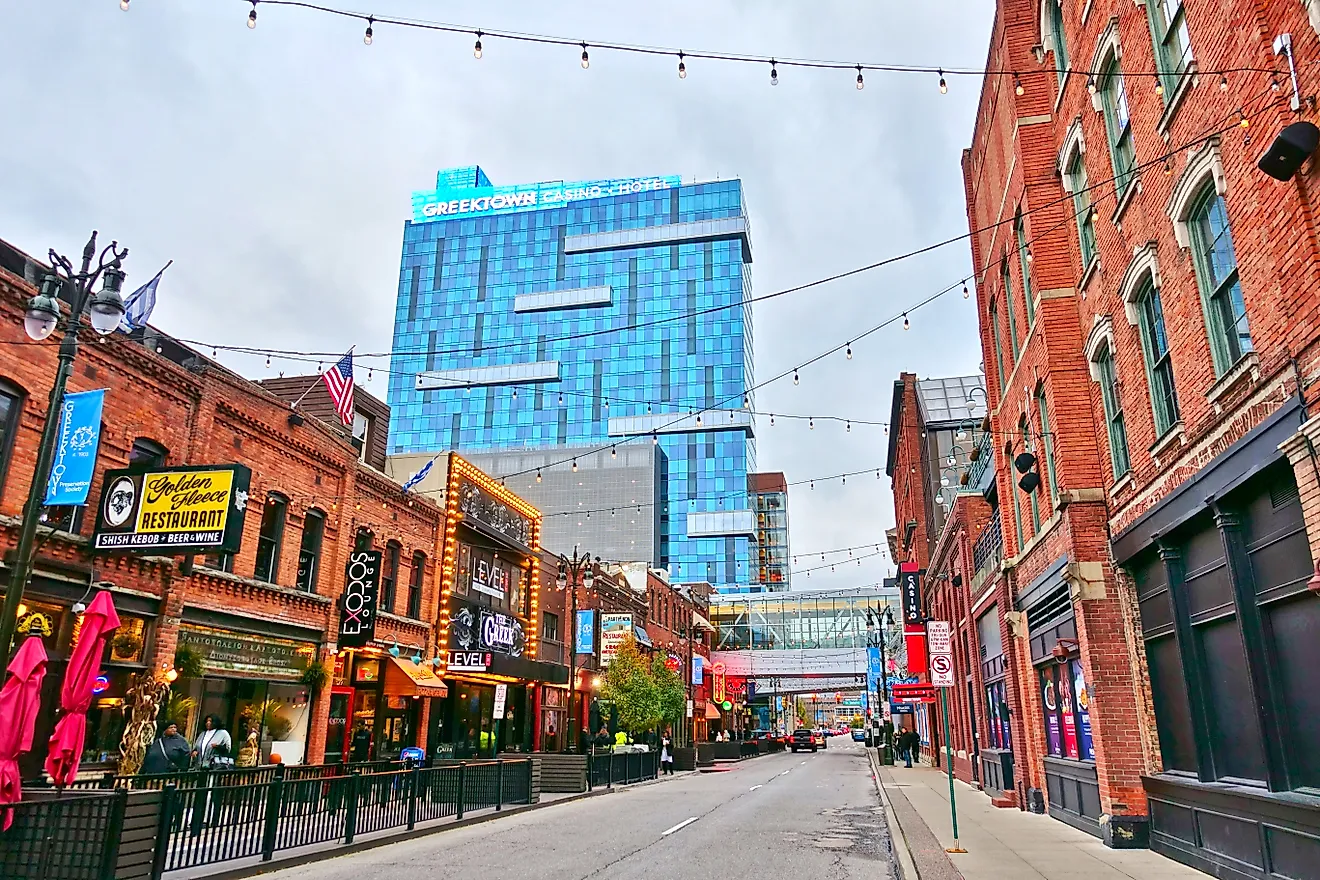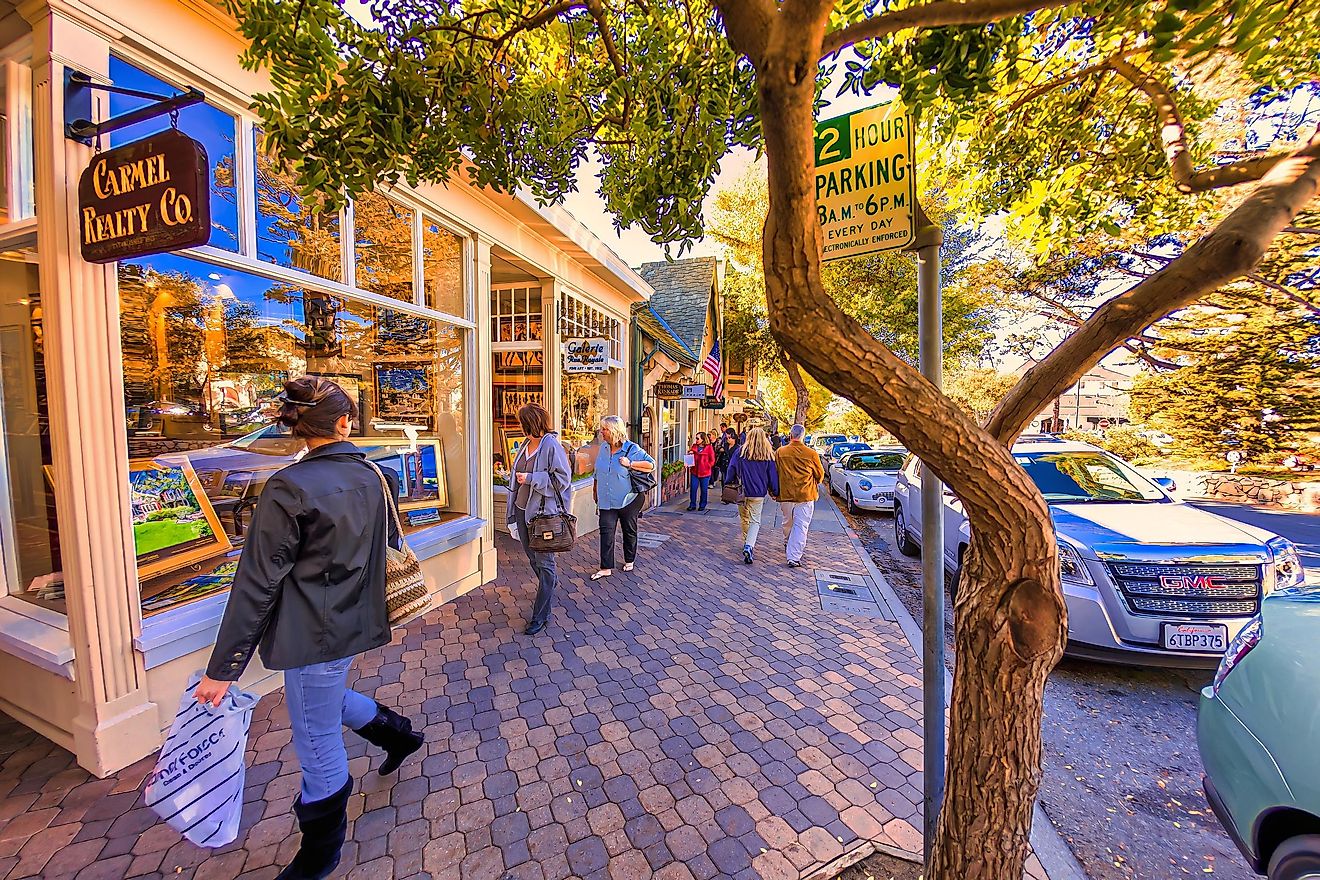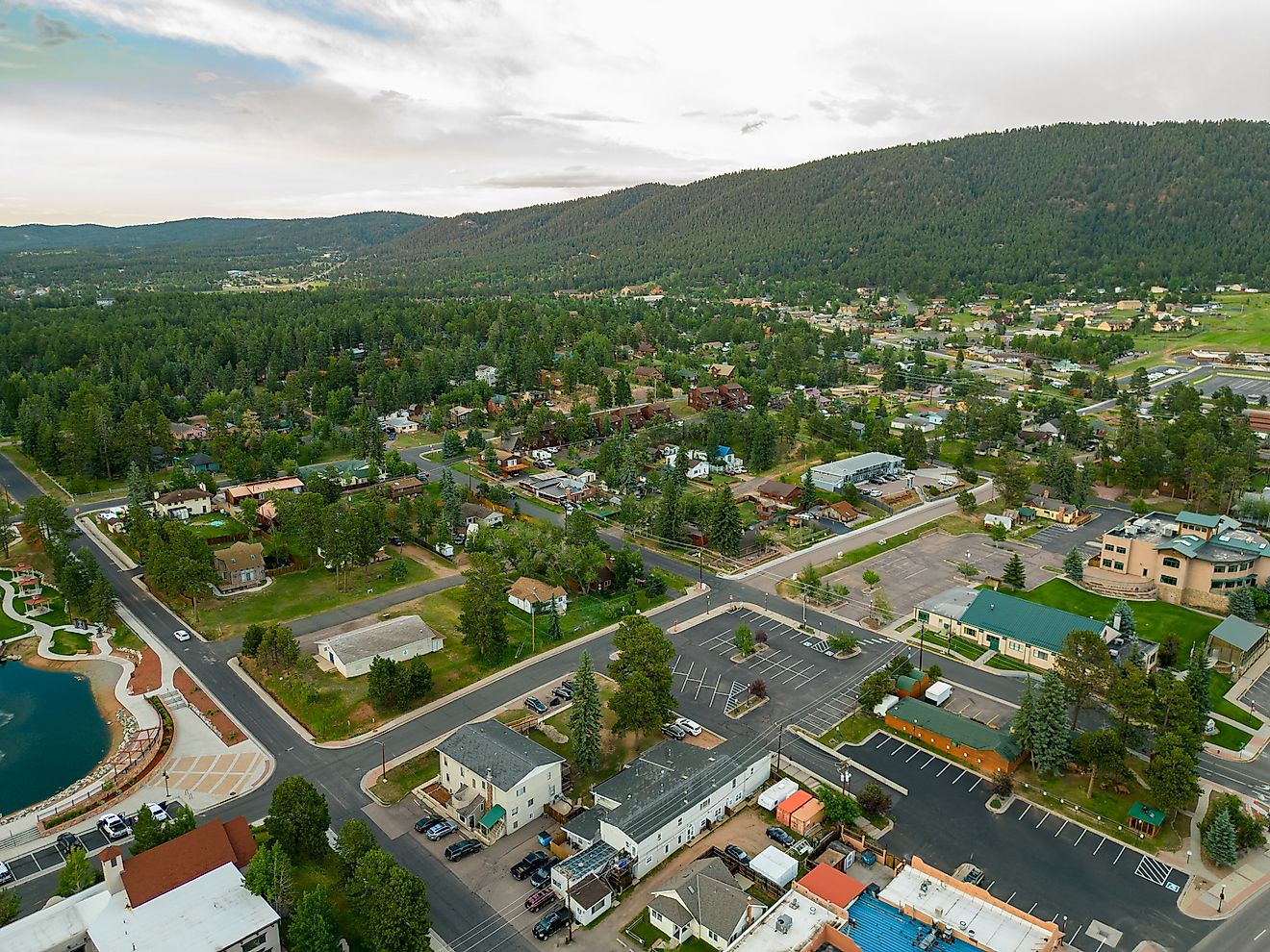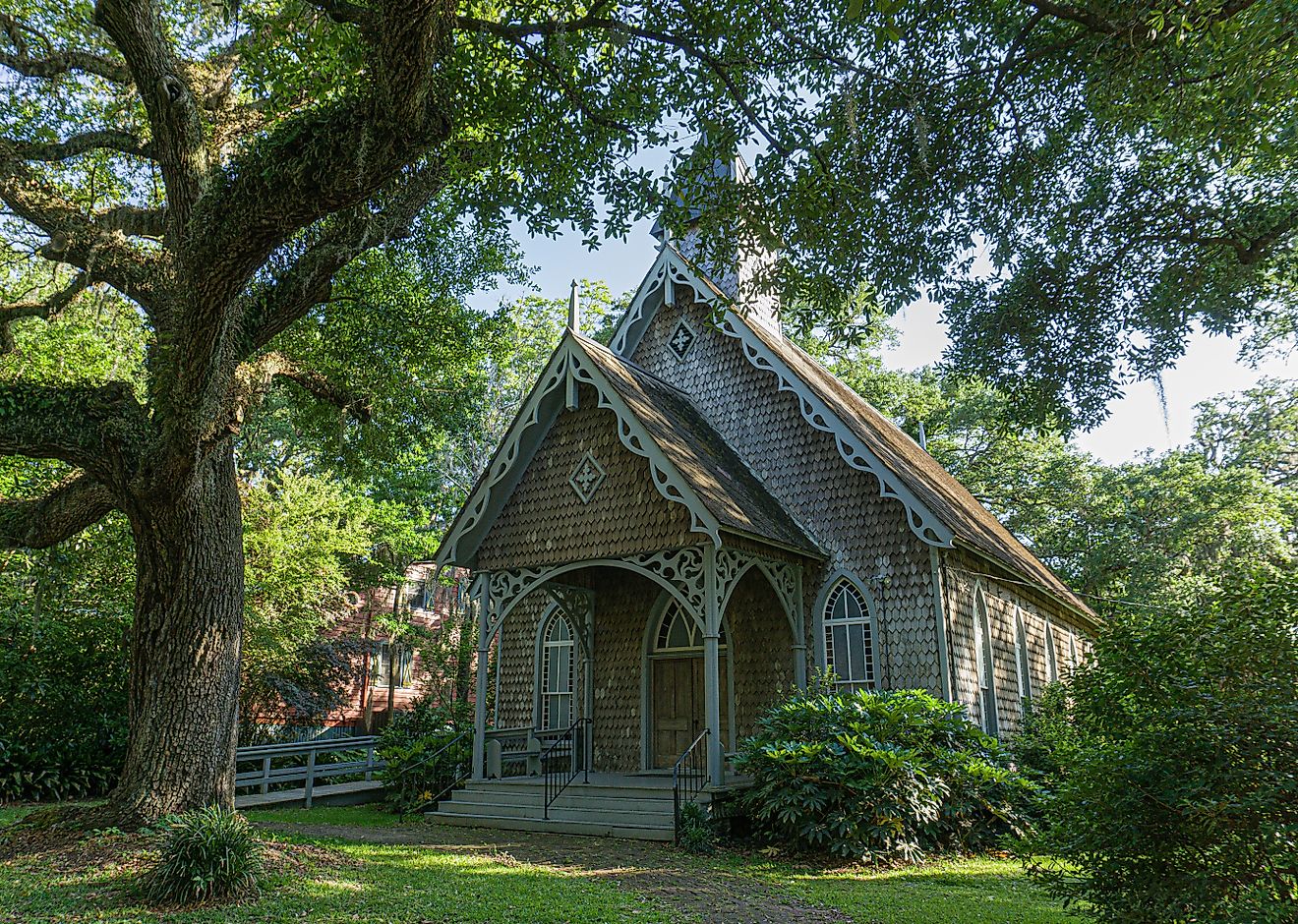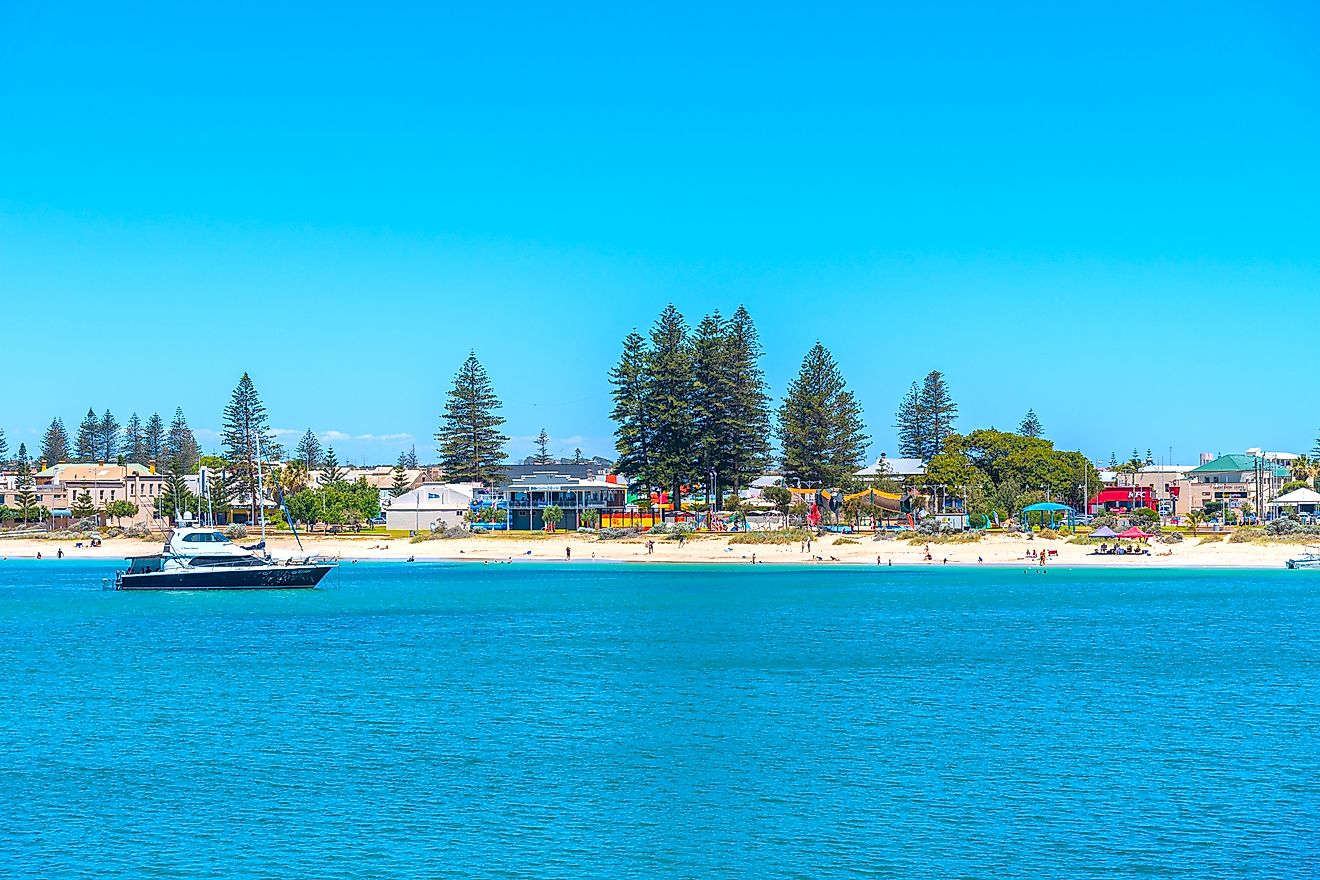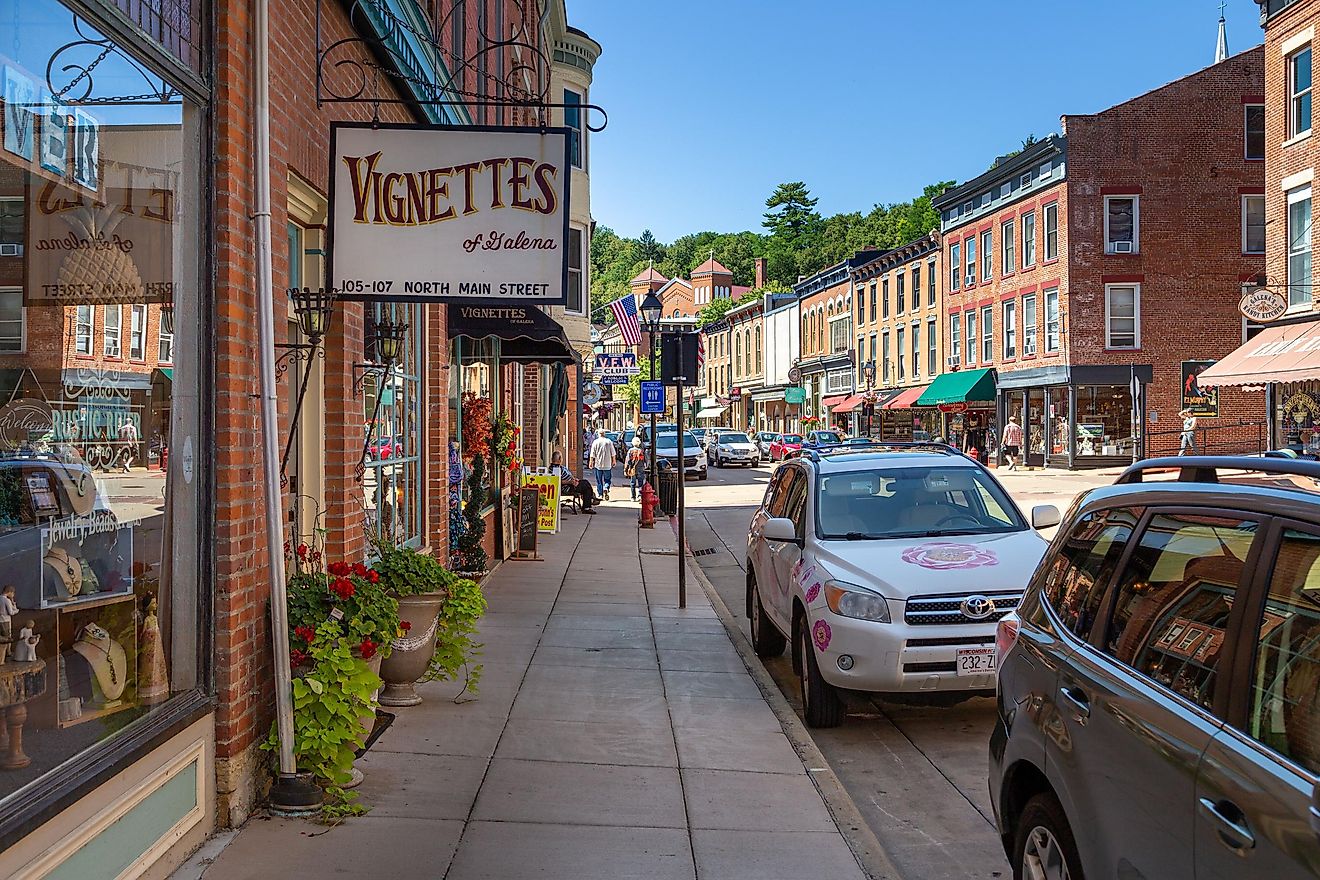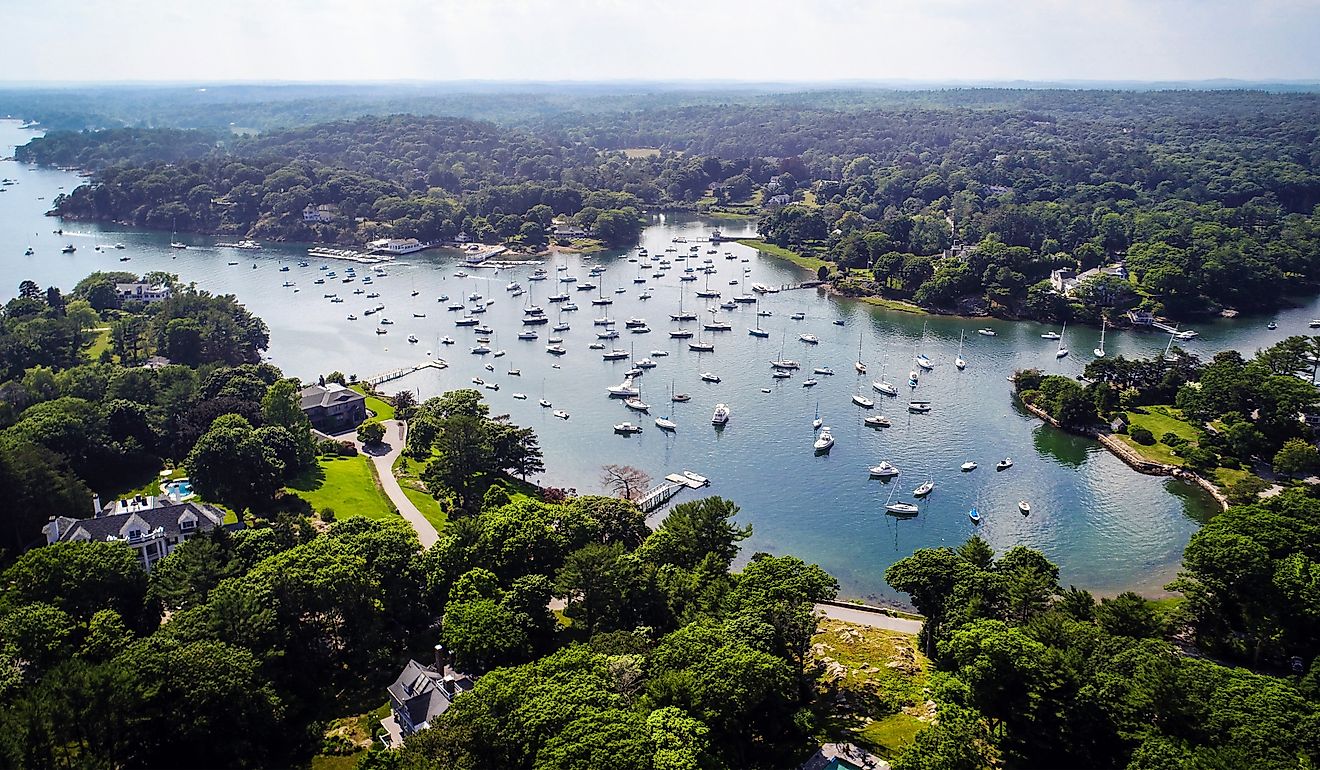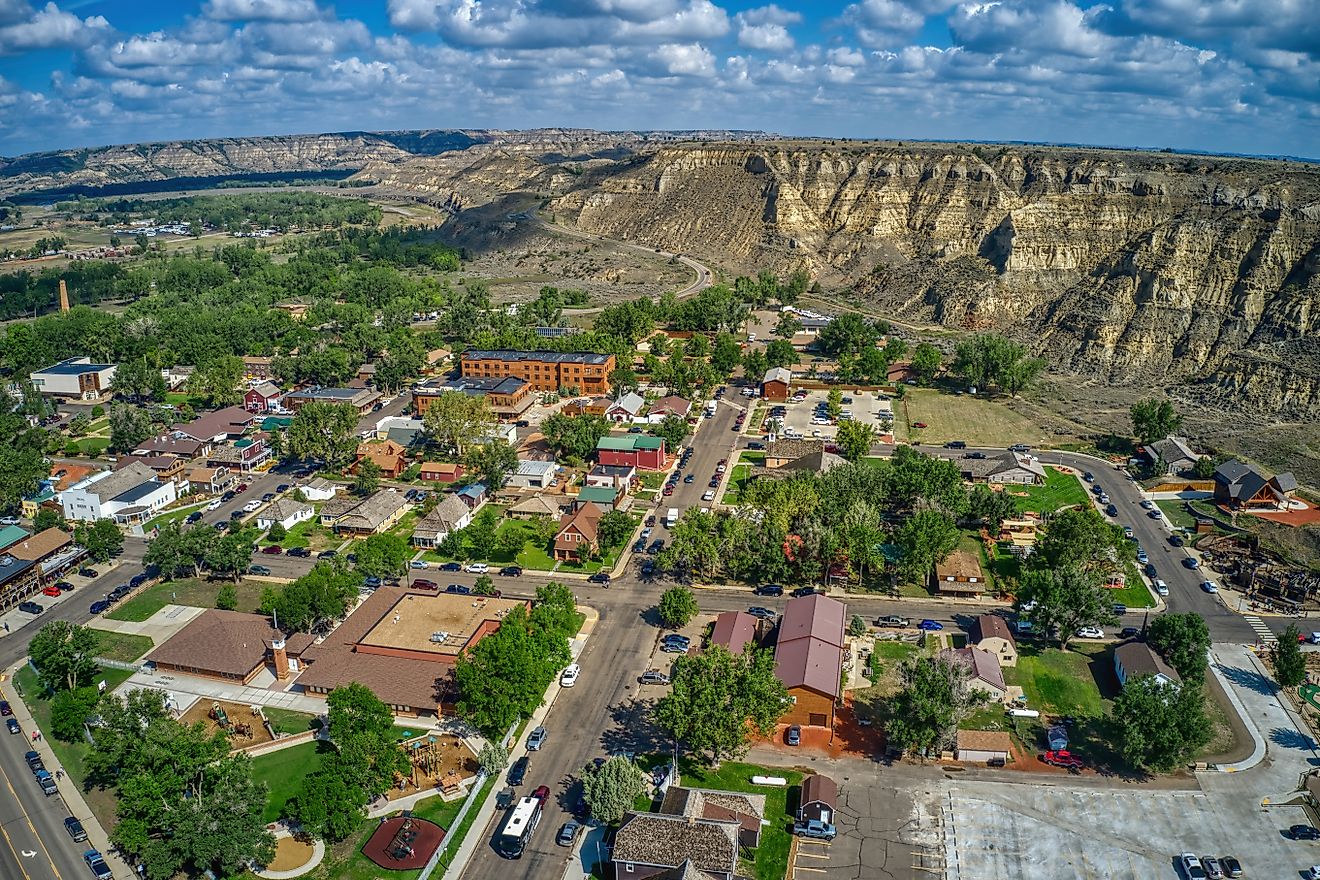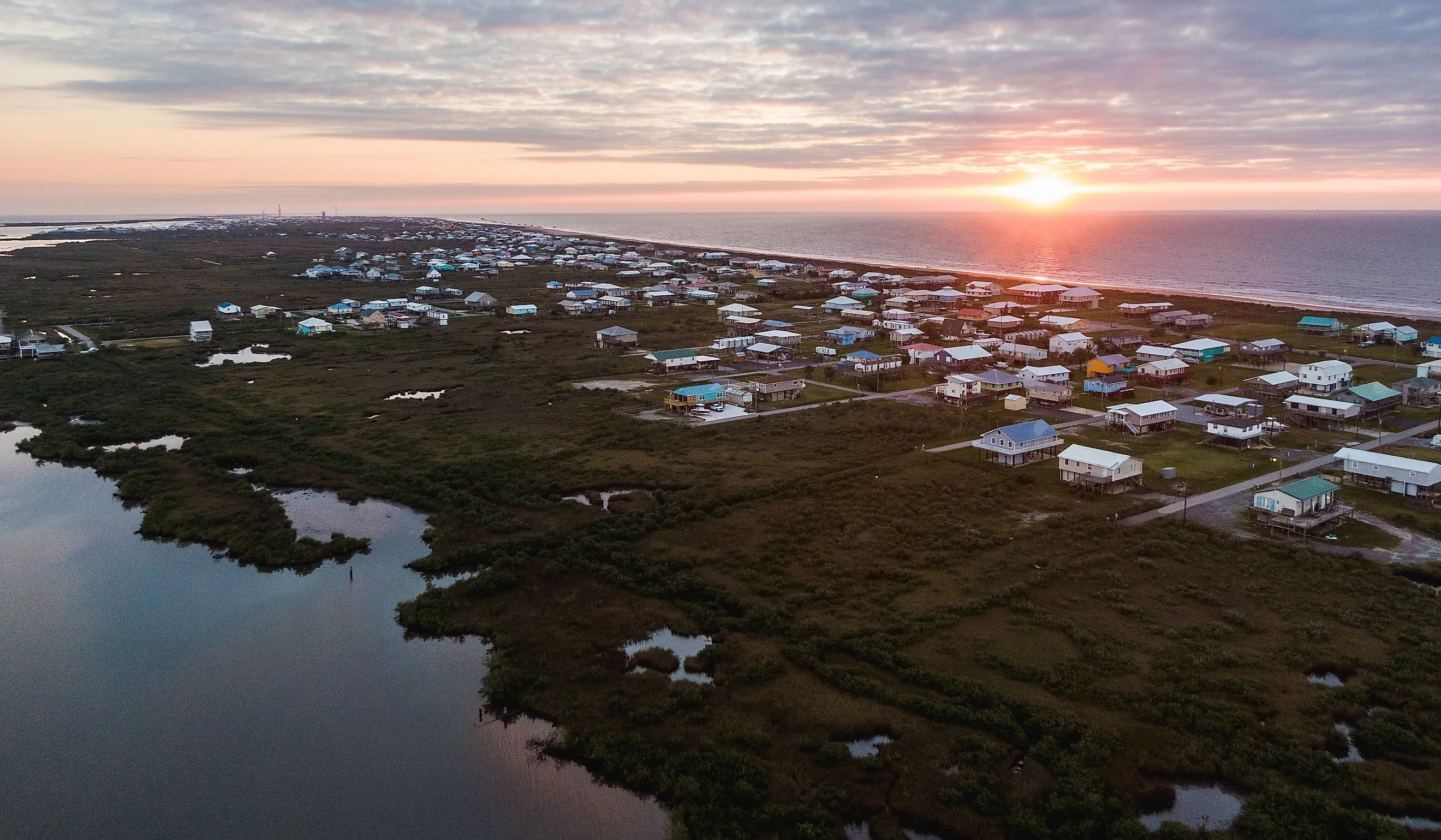
9 Best Places To Live In Louisiana In 2025
Throughout the American South, Louisiana has long functioned as a crossroads of cultures, where native Atakapa-Ishak communities interacted with French merchants and, later, Anglo settlers across centuries of contested ground. Following Emperor Napoleon Bonaparte’s sale of the Louisiana Territory through the Louisiana Purchase, the region began forging a cultural course apart from both colonial Europe and the broader Deep South. The Creole State’s cultural amalgam emerged through Catholic customs, seafood-based economies, and its celebrated Cajun cuisine, a culinary tradition that fuses influences from French, Spanish, West African, and Indigenous kitchens. Over time, the Bayou State formed towns defined by affordability, modest industry, and tourism, spread across its swamps and woodlands. With their limited populations, these demographically mixed communities depend on civic engagement to maintain a functional, grounded local life without losing their communal integrity. Their physical seclusion grants a hedge of solitude, one that elevates them as some of Louisiana's most livable places in 2025.
Hammond
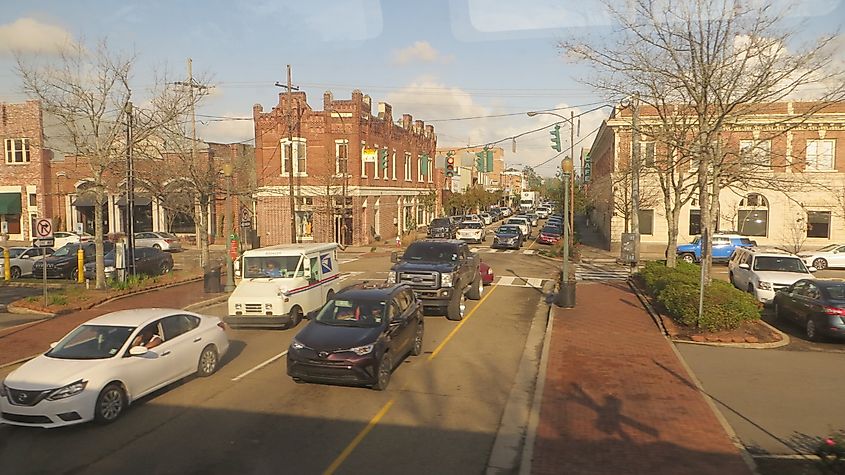
Hammond ranks as a logistical and academic nucleus in Louisiana’s Tangipahoa Parish. The presence of Southeastern Louisiana University, which is the third largest in the Pelican State, elevates the town’s educational and cultural status. Celebrating its centennial anniversary in 2025, SLU’s courses in nursing, education, and business programs allow it to rank among the top public regional universities in the South by U.S. News & World Report. This academic stronghold also drives Hammond’s economic engine, with employment openings across teaching, research, and healthcare. Job prospects further arise from the town’s intermodal freight capacity and trucking terminals, with multiple Amazon, Walmart, and Southeastern Grocers running logistics operations from here.
Historic Downtown Hammond retains an early 20th-century layout, now populated with art galleries, specialty shops, and locally owned Cajun-style restaurants like Cate Street Seafood Station. The Tangipahoa African American Heritage Museum holds the African American community’s valuable artifacts, from murals and photographs to veteran archives. Cultural events such as the art festival Hot August Night, with its exhibitions and wine tastings, and the Hammond Smokin’ BBQ Challenge reinforce its communal core. RentCafe reports the average monthly rent in Hammond at around $1,250, while median home prices fluctuate between $250,000 and $287,000. The platform notes that these figures are approximately 19% lower than the state average and 34% below the national average, complementing both students and families.
Grand Isle
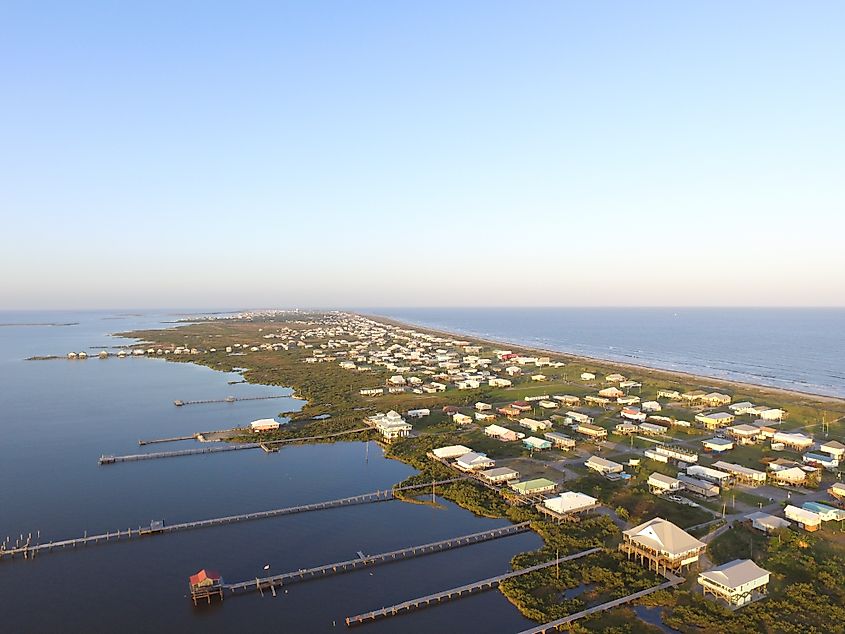
Grand Isle stands as a vital hub within the New Orleans metropolitan area, thanks to its coastal appeal and economic significance. The southern terminus of Louisiana Highway 1 enables this barrier island to support various maritime activities, with ports nearby, such as Port Fourchon and its Louisiana Offshore Oil Port pipeline, supplementing trade connections. Access to the island is primarily via the automobile causeway on LA 1, with additional options including ferries and private boats. Its strategic location also uplifts the fishing industry, supported by the Grand Isle Port Commission and local seafood enterprises. Grand Isle State Park at the eastern tip enables beach activities, kayaking, and exploring the boardwalk. The park's inland delta geography contributes to its biodiversity, making it a hotbed for birdwatchers and nature lovers.
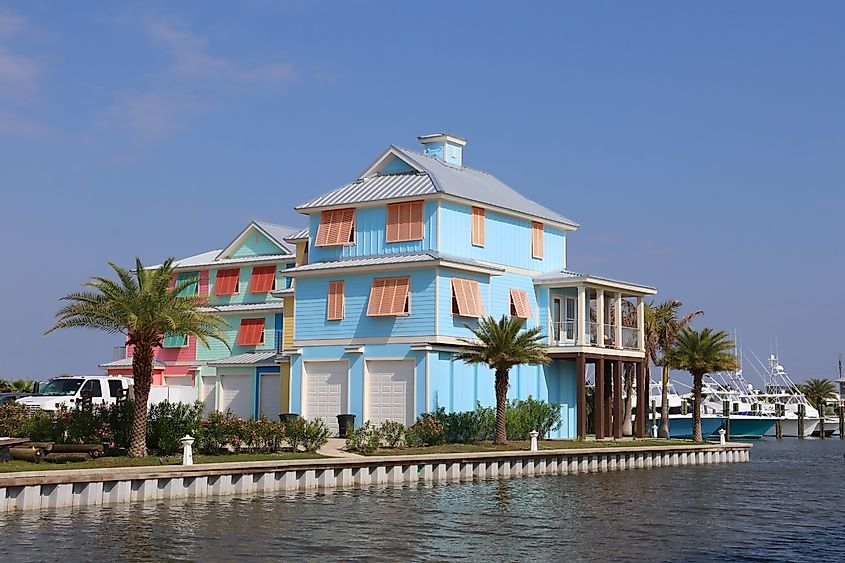
Notably, the annual Grand Isle Migratory Bird Festival celebrates the arrival of seasonal bird species, including Painted Buntings. Grand Isle's commitment to safety and preparedness comes to the surface through the presence of organizations such as the United Methodist Committee on Relief (UMCOR) and Catholic Charities of the Diocese of Houma-Thibodaux, which coordinate relief efforts in the face of natural disasters via the satellite Grand Isle Outreach. The median listing home price in Grand Isle is approximately $250,000, sharing the figure with the state average. With a median age of 54, Grand Isle promotes a peaceful lifestyle that appeals to retirees and those seeking a quiet environment alike.
Delcambre
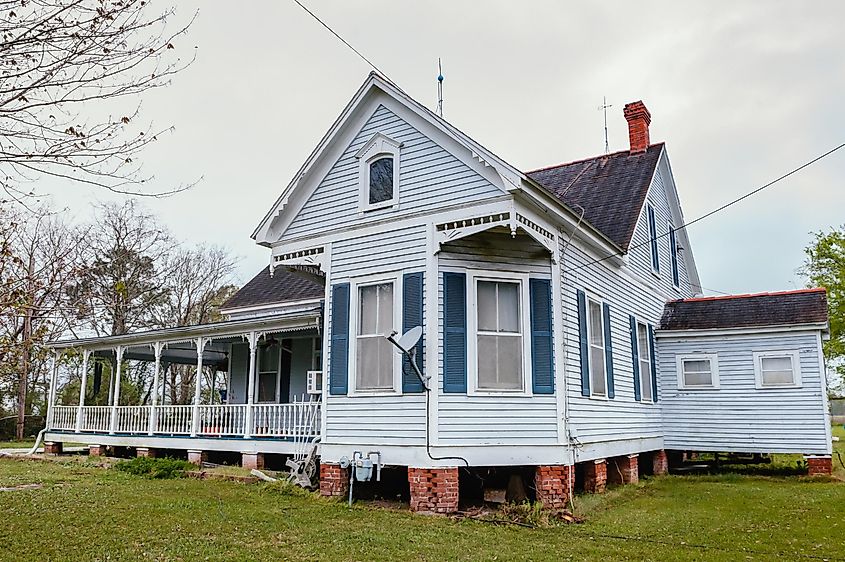
Delcambre lies near New Iberia and south of Lafayette as a scenic coastal town with a strong heritage in shrimping, fishing, and seafood processing. The Port of Delcambre supports local fisheries and connects to the Gulf Coast via the Delcambre Canal. While experiencing peaceful suburbanization from Lafayette, the town, nevertheless, remains a part of the metropolitan statistical area. As such, lucrative sectors like healthcare, telecommunications, and information technology flourish. Local ventures like Bagwell Energy Services, along with other equipment suppliers and construction firms, contribute to economic growth. Delcambre is one of the Deep South’s most affordable places for housing, with the average home value fluctuating around $100,000 and new properties available for as low as $25,000.
Just north of the town, Lake Peigneur is a notable tourist location known for a 1980 drilling accident that transformed it from a shallow freshwater lake into Louisiana's deepest lake at 200 feet. Nearby, the Joseph Jefferson House on Jefferson Island, with its Rip Van Winkle Gardens, welcomes visitors to 20 acres of semi-tropical gardens surrounding the historic 1870 mansion with Victorian and Gothic Revival architecture. The botanical garden functions as a center for a variety of plants, including bamboo, palms, and tropical fruit trees, with occasional glimpses of free-range peacocks roaming the grounds. South of the town, Avery Island and its Jungle Gardens sit just inland from Vermilion Bay, with the island’s prominent salt dome shaping both the landscape and local industry.
Sulphur
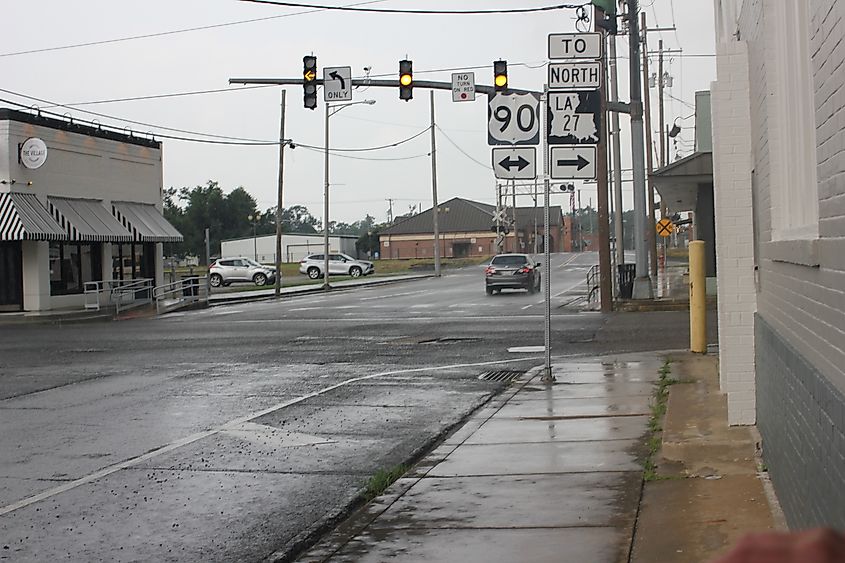
Sulphur lies in Calcasieu Parish near Louisiana’s western edge, gaining much of its momentum from oil refining and chemical production. Several long-running companies like Westlake, Citgo, and Firestone consistently generate openings in engineering, utilities maintenance, and pipeline-related work. These operations have also instrumentalized the town into a crucial industrial corridor. Sulphur’s proximity to Texas cities such as Port Arthur, Beaumont, and Houston also keeps the labor pool fluid while supporting trade, industrial services, and energy logistics. In April 2025, Zillow noted the average home value here was under $193,000, implying a working-class housing market aligned with its infrastructure-heavy economy.
Though separated from the Gulf by barrier lakes, Sulphur shares its coastal activity with the broader Lake Charles metro. The hydrology, in particular, reflects its closeness to the Atlantic Ocean. The wetlands shelter American alligators and waterfowl, especially across bayous stretching toward Calcasieu Lake and the Creole Nature Trail. Locals and visitors explore Sulphur’s roots in mineral extraction at the Brimstone Museum, part of the old railway depot now redesigned as a cultural compound. Across the lawn, Henning Cultural Center hosts art exhibits, installations, and occasional community events without compromising the region’s industrial character. Sulphur contains plenty of recreational zones such as Frasch Park, the Center Circle recreation complex, and The Grove, a shaded garden used for public festivals and weddings.
St. Francisville
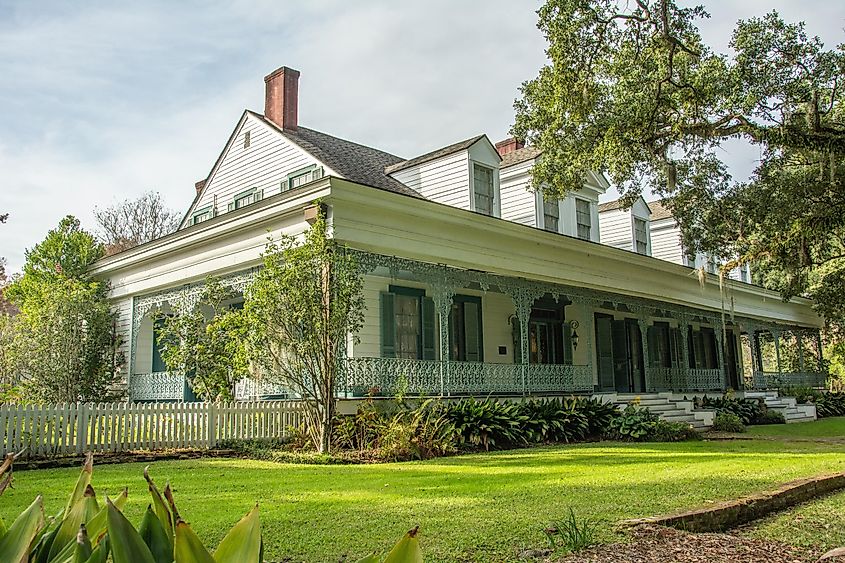
Northwest of Baton Rouge, St. Francisville rises as part of its metropolitan area along a narrow ridge above the Mississippi River. Its elevation, unusual in coastal Louisiana, has long attracted settlers and still mesmerizes those preferring natural variation. Once part of the short-lived Republic of West Florida, the town retains its antiquated structure and Southern Gothic aura, with plantations like Rosedown and The Myrtles preserved as both historic landmarks and economic staples through heritage tourism. Dense woodland and steep bluffs surround St. Francisville, forming the base of the Tunica Hills Wildlife Management Area, where hikers, birdwatchers, and residents in general frequently trace trails as the area’s most prominent recreational gateway. Other notable grounds feature colorful botanical spaces such as Afton Villa Gardens and Poppin’ Up Plants.
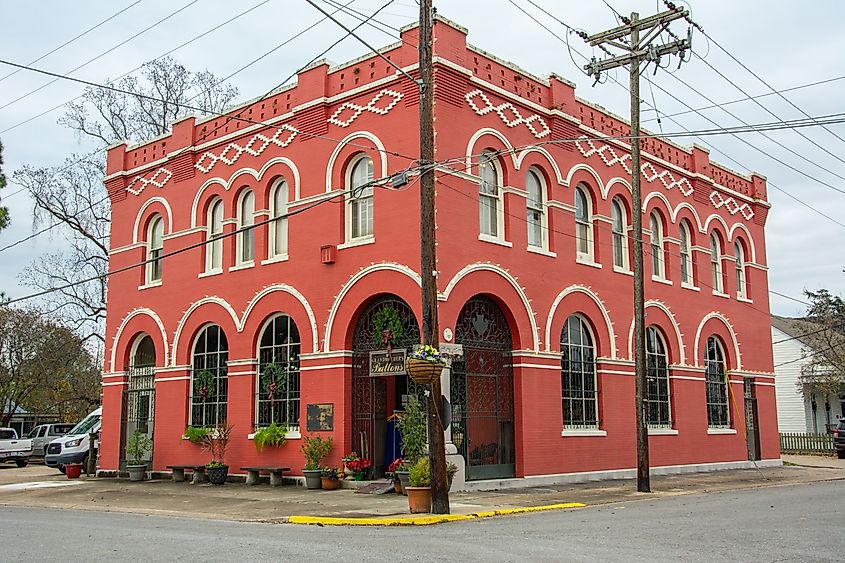
Commerce and culture extend through Ferdinand Street’s boutiques, bookstores, and small restaurants like Birdman Coffee & Books, which double as social commons. St. Francisville’s preservation of 19th-century structures coincides with its reputation as a film location. Big-budget Hollywood productions, including Tom Cruise’s Jack Reacher: Never Go Back and Oblivion, often utilize their aging courtyards and Southern ambiance. West Feliciana Parish School District governs the local education system, while West Feliciana High has earned a reputation as one of Louisiana’s top-performing public schools. According to Zillow, the mean home value here in March 2025 rose to around $364K. The town’s slower pace, dry elevation, and a mixture of civic pride and historical weight account not only for tourists’ interest but also for long-term residents’ comfortable permanence.
Natchitoches
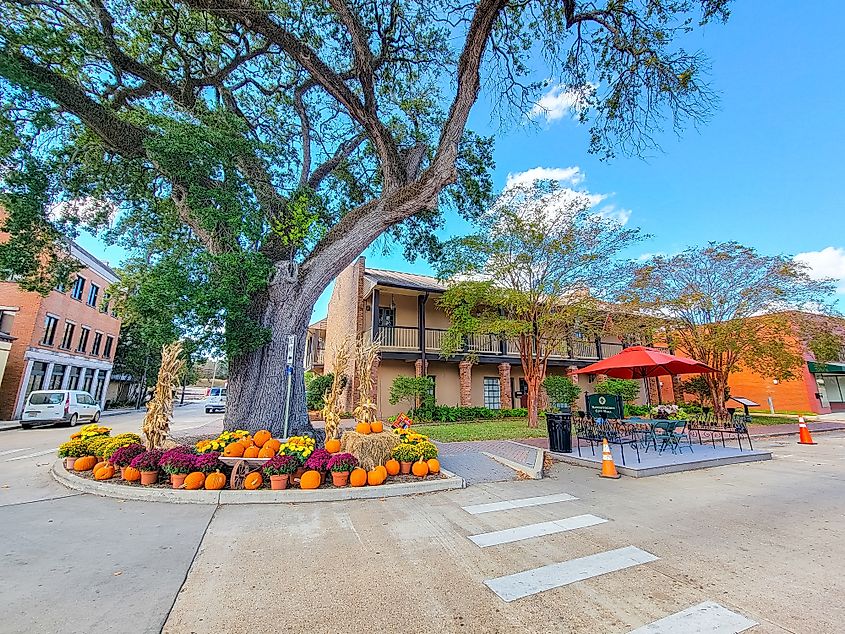
The oldest permanent settlement within the Louisiana Purchase, Natchitoches has been home to the Natchitoches people for centuries, with their ancestors having established civilization along the Red River Valley. The small city functions as a living archive of the state’s colonial past and French-Creole influence. It retains much of the original layout from 1714, its formative year, with Cane River Lake slicing through the heart of its historic district. Along the riverbank, Front Street and Jefferson Street have preserved 18th-century monuments like Fort St. Jean Baptiste State Historic Site and Prudhomme-Rouquier House, now acting as museums. The city also avoids unnecessary alterations to its brick storefronts, which accommodate regional businesses and cater to the city’s seasonal visitors during the Natchitoches Christmas Festival.
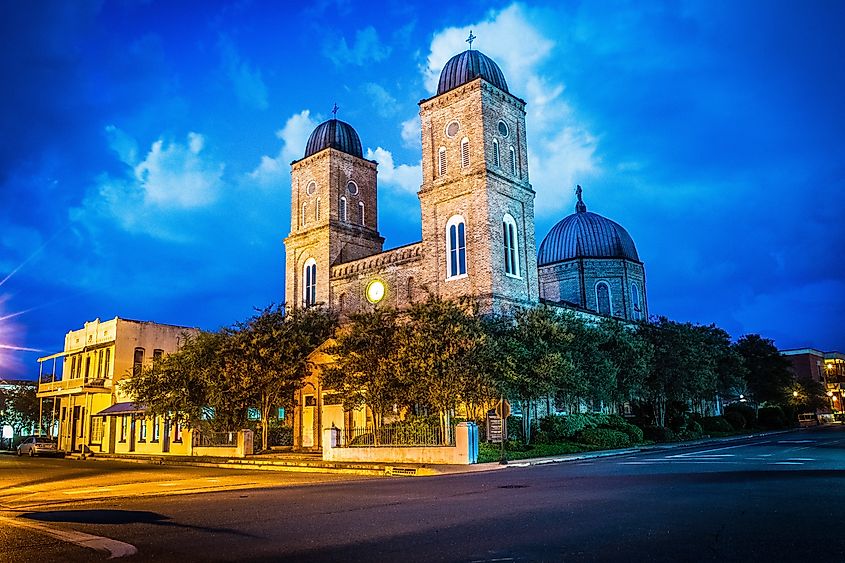
Median home prices here hovered around $225K in April 2025, according to Realtor.com, reflecting the balance between its history of tourism-driven demand and the contemporary lifestyle. The Caddo Confederacy and Natchitoches band of the Caddo Nation maintained complex agricultural and trade systems across this terrain before French establishment. Their legacy persists not just in the city’s name but also in the Adai Caddo Indian Nation’s community gatherings held nearby. Spanish missionaries also left their imprint. Today, Northwestern State University plays a vital role in influencing the local economy and intellectual activity, enrolling over 10,000 students. With natural sites like Gator Country Alligator Park and Cane River Creole National Historical Park encompassing the rest of the region, outdoor opportunities include wildlife exploration, equestrian trails, bayou kayaking, and seasonal fishing derbies.
Ponchatoula
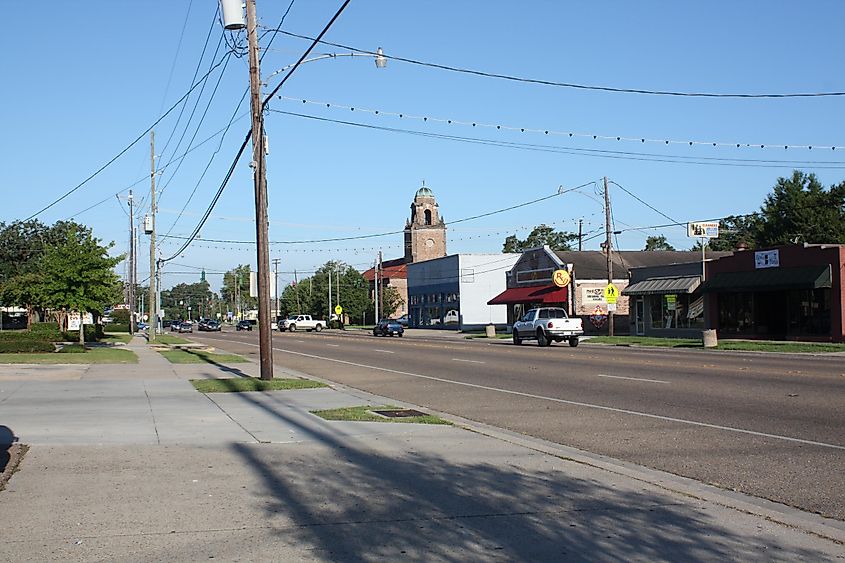
Louisiana's major wetlands, like Lake Maurepas and Pontchartrain, separate Ponchatoula from New Orleans, establishing connectivity to a major metro city and subsequent oceanic views and shoreline activity at the Gulf of Mexico (Gulf of America). The small town itself is surrounded by shrubby marsh through Joyce Wildlife Swampwalk, where lakes and the Tangipahoa River nurture the broader Joyce Wildlife Management Area. The subtropical zone is home to swamp-dwelling waterfowl such as the Black-bellied Whistling-Duck, Wood Duck, and Hooded Merganser. Lee's Landing Marina LLC enables access to yachts and small boats to closely encounter this ecosystem. In terms of history, Ponchatoula's Choctaw name and proximity to St. Tammany Parish suggest the presence of the Choctaw people in the region, who engaged in trade and settlement across this portion of the Deep South.

Thanks to the verdant vegetation, as well as a convenient commute to New Orleans and Baton Rouge, employment prospers along with strawberry fields and pine groves. Each April, the Strawberry Festival decorates the town with parades, live music, and an abundance of strawberry-themed treats, bringing tourists and residents together. Pine Street, the town's central thoroughfare, features rows of antique shops and local eateries like The Pink Agave that reflect a taste of the area's heritage and flavors. As per Redfin, the median cost of housing in Ponchatoula in February 2025 was $225K. Data USA denotes the median age of its population at around 44, a figure higher than both Louisiana and New Orleans and one that reinforces its reputation among all age groups.
Breaux Bridge

Nicknamed the “Crawfish Capital of the World,” Breaux Bridge lies along Bayou Teche in St. Martin Parish. The city’s cultural backbone stems from French-speaking Acadian traditions that intersect with South Louisiana’s economic transitions. With an average home value of $176,440 as of March 2025 (via Zillow), the city attracts both retirees and younger families searching for cultural depth and affordability. The economy here benefits from Lafayette’s job market, just 15 minutes away. The area had Indigenous settlements for nearly 2,000 years before European mapping. Attakapas and Chitimacha tribes organized fishing and ceremonial exchanges across bayou corridors long before the Acadian arrival.

Each spring, the main square transforms during the Crawfish Festival, where zydeco bands, cooking contests, and parades draw thousands from across the region. Downtown storefronts maintain their bilingual signage and often host antique dealers, boudin counters, and French-language services. The Teche Regional Bike Trail and Atchafalaya Basin’s birding sites bolster tourism, while proximity to I-10 makes it feasible for residents to commute to Baton Rouge or New Orleans. The hardwood forests within the 9,500-acre swamp are major tourist attractions, with Lake Martin providing boating opportunities and close encounters with nature and wildlife. Should they not suffice, the famous Jungle Gardens of Avery Island lie about 30 miles south.
Zachary
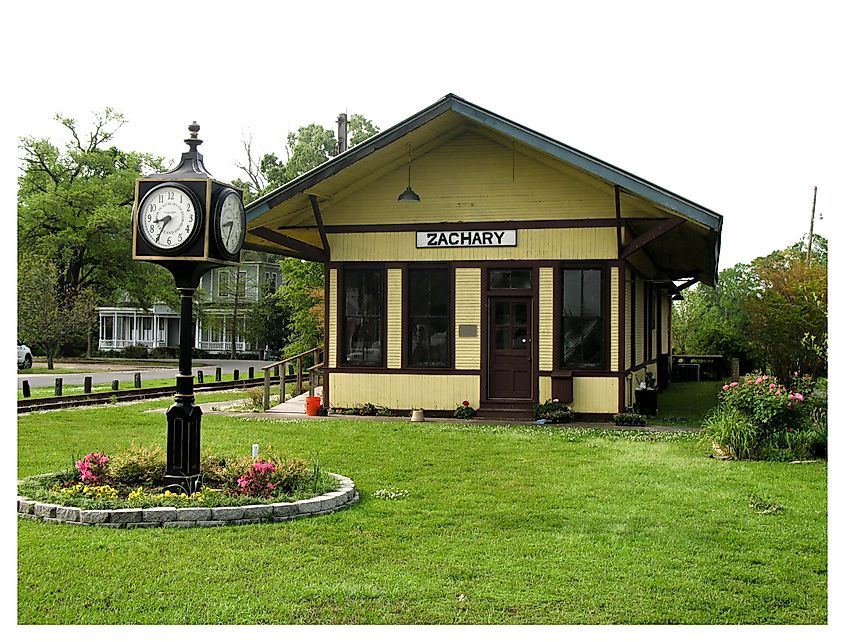
North of Baton Rouge, Zachary functions as both a commuter town and an economic zone with expanding infrastructure. A centerpiece of Louisiana’s Capital Region, the city benefits from Highway 61 and nearby U.S. 190, which facilitate quicker, safer access to Baton Rouge’s industrial corridor and government centers. The city has established a reputation for good public services, clean and safer neighborhoods, and a lower violent crime rate, which AreaVibes reports as 5.6% below the national average. Its police and fire departments, along with a strong school system, have supported residential growth, with the population roughly doubling since the turn of the century. As of March 2025, Movoto estimated Zachary’s median sold price at approximately $300,000, a fairly affordable amount when accounting for the urban sector.
The local economy features a combination of public administration jobs, construction, and retail, with companies like Georgia-Pacific’s Port Hudson operations offering steady employment. Proximity to the capital, as well as Lane Regional Medical Center and AMG Specialty Hospital, ensures timely healthcare access. Leland College lies around 5 miles away in the neighboring city of Baker, while Southern University and A&M College at Baton Rouge are an easier commute. Zachary’s Youth Park and Americana development project highlight investment in public spaces, with farmers' markets and open-air amphitheaters forming the social fabric. Events like the Zachary Arts & Music Festival and Christmas in the Village provide avenues for communal participation and cultural exposure.
Louisiana Rests Beneath Slow-Moving Skies
Often overlooked in favor of its flashier Gulf Coast neighbors, Louisiana provides irreplaceable perks for its residents. Its accessibility without congestion, beauty without pretension, and isolated communities favor integrity over spectacle. Though well within reach of an urban metropolis of New Orleans' caliber, much of the state moves at a more subdued pace. Louisiana’s ecological makeup remains one of its most distinctive attributes. It lies between cypress-lined bayous and red clay soil, with dune systems and barrier habitats such as the Chandeleur Islands extending along its southern edge. These southeastern woodlands support not only longleaf pine and swamp maple but also growing wetlands populated with American alligators and Spanish moss-covered oaks.
Additionally, it guides the Mississippi River to one of the largest deltas on earth and also harbors the Atchafalaya Basin, the largest swamp in the United States. Many of these towns spotlight downtowns with French-influenced colonnades as architectural signatures that simply don't appear elsewhere in rural America. And while affordability across the Creole State continues to attract newcomers, it’s the atmosphere that truly complements the front porch gatherings and local fisheries. A display of that spirit appears at Grand Isle’s Island Strong Music Festival, where live zydeco, smoked boudin, and emotional resolve by those affected by hurricanes and other disasters reaffirm what makes these towns hospitable in 2025.
